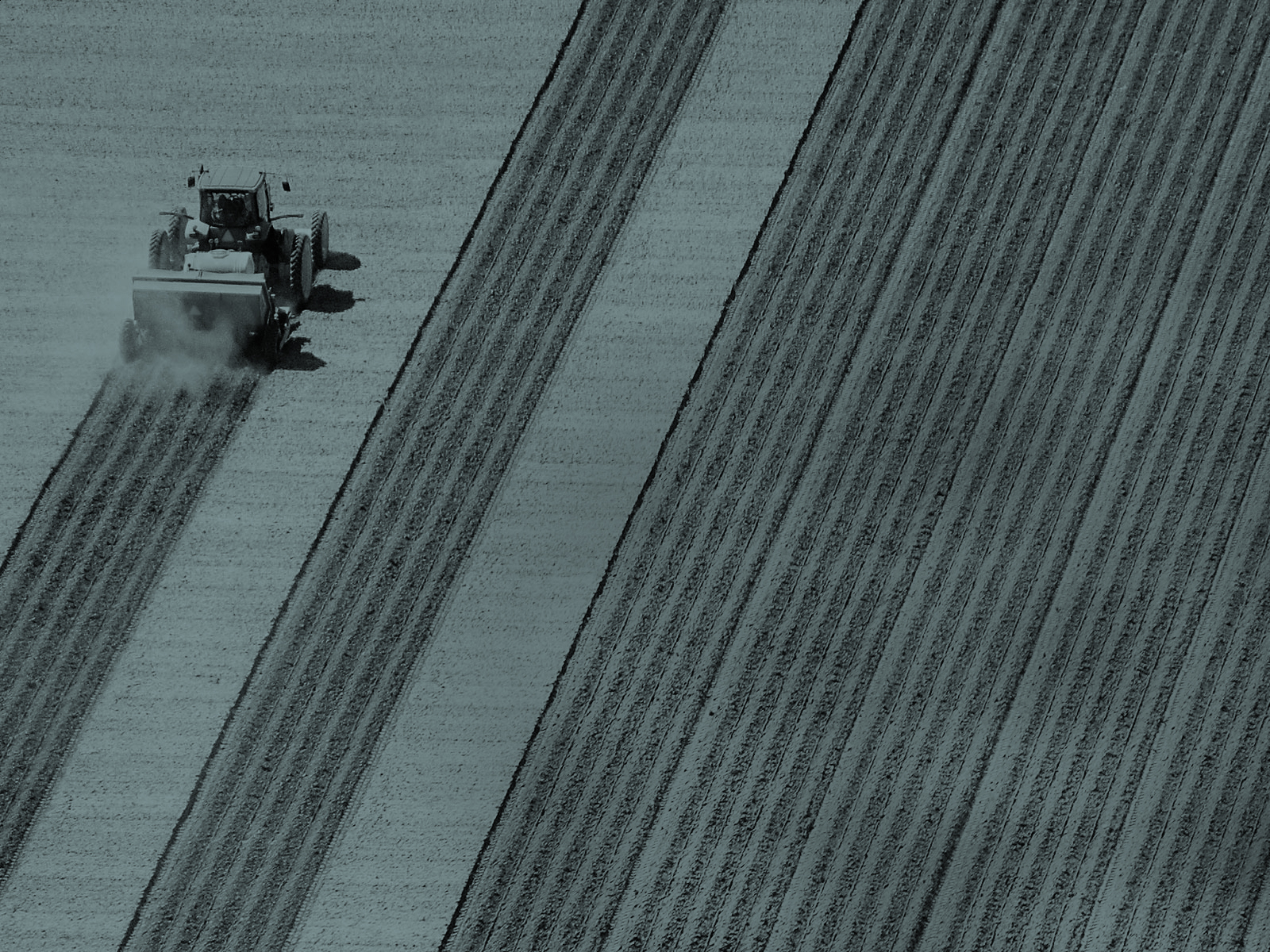Don’t get me wrong. I’ve huge respect for individual public institutions, private companies, foundations and NGOs working on their own, often in difficult circumstances. But with proper partnering, I believe 2 + 2 really can equal 5.
What’s this about?
Yields in key crops are often still way below their potential. Put another way: farmers, particularly in Africa, are far less productive than they could be. And about 40% of agricultural produce never actually gets to where you, I or a Bangladeshi mother can buy it. There are many reasons for these shortfalls. One of the biggest is farmers’ lack of access to technology, to adequate advice and training (‘extension’ is the official word) and to markets.
Traditionally, the public and private sectors have attempted to provide solutions independently. Clearly, that hasn’t really worked – otherwise food security would be much less of a worry today than it is. So what about Dougal’s cross-stakeholder alliances? I call them public-private partnerships (PPPs), but we essentially mean the same thing.
Do PPPs sound like the latest trendy fad? They’re not. Public and private have been teaming up for centuries. Medieval church-building is arguably one result. Modern examples pop up in universities, infrastructure, defense, medicines, road management and the Olympics.
So far, however, there are very few agricultural PPPs. Fortunately, people are now waking up to their value, particularly for farmers in developing countries.
PPPs can take various forms. They’re not limited to bilateral collaboration between a government and a corporation. PPPs for sustainable agricultural development can involve a whole spread of partners.
And believe me, we need more of them. It’s bad enough that farmers still struggle with untreatable crop diseases and pests. But what makes PPPs even more important is that most governments have been moving agricultural R&D down the agenda. Private investments continue to grow. But companies still can’t possibly solve food insecurity on their own. R&D partnerships are what are called for, to pool public and private assets.
Private organizations have huge expertise in genomics and bioinformatics, for example. The public sector is strong on crop improvement, and is generally more likely to commit resources to ‘orphan’ crops.
So what makes a good PPP? The rationale is always the same: to achieve more through partnership than any one party could alone. Successful PPPs overcome shortcomings in both the public and private sector. The former, for example, tends not to be brilliant at getting research outputs to farmers. The private sector is generally dormant if there aren’t any buyers.
Importantly, private sector contributions to agriculture go far beyond research. Companies want to deliver value, including to smallholders. So they have considerable expertise in product development, marketing and “getting it out there”.
Food security depends heavily on smallholders – one human in three gets at least part of his or her livelihood directly from a small plot of land. Smallholders also produce a lot of the food consumed in cities. So getting better agricultural technologies out to them is vital.
And partnerships have the power to do exactly that.
The views and opinions expressed in this article are those of the authors and do not necessarily reflect the views of The Economist Intelligence Unit Limited (EIU) or any other member of The Economist Group. The Economist Group (including the EIU) cannot accept any responsibility or liability for reliance by any person on this article or any of the information, opinions or conclusions set out in the article.




